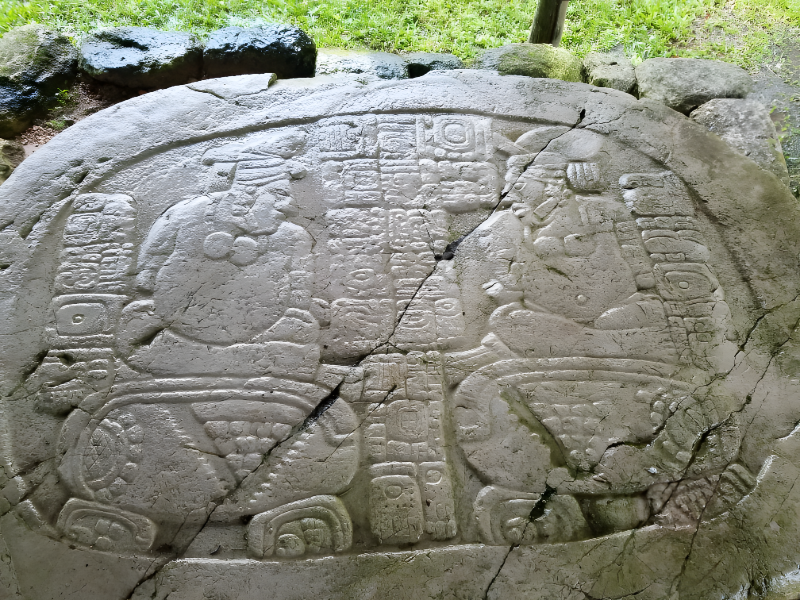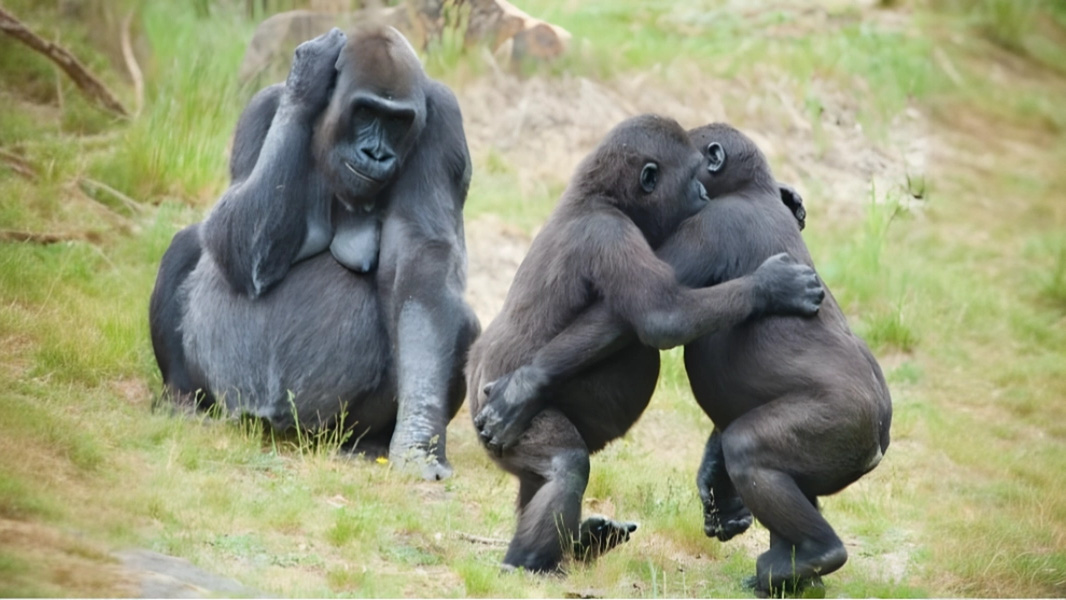2. The Structure of the Maya Calendar

The structure of the Maya calendar is a stunning fusion of precision and intricacy. It incorporates multiple interconnected systems that collectively form a comprehensive framework for understanding time. The Tzolk’in, Haab, and Long Count stand as the most prominent elements, each fulfilling distinct roles within Maya society. The Tzolk’in consists of 260 days, organized into 13 cycles of 20 named days. Each day is linked to specific deities and spiritual forces that shape daily activities and rituals. More than a simple timekeeping tool, the Tzolk’in directed ceremonies, personal milestones, and even individual destinies, as the Maya held that the energies of particular days influenced a person’s character and fate. In contrast, the Haab is a solar calendar made up of 18 months of 20 days each, plus an additional 5 “nameless” days known as Wayeb. This calendar closely mirrors the solar year, enabling the Maya to monitor seasonal changes and schedule agricultural tasks. The Haab was vital for timing planting and harvesting, securing the sustainability of Maya communities through meticulous planning. Together, the Tzolk’in and Haab constitute the 52-year Calendar Round, a cycle of immense importance in Maya cosmology. This period signifies the complete alignment of the two calendars, and its conclusion was celebrated with elaborate ceremonies emphasizing renewal and the cyclical essence of life. The Long Count calendar introduces another dimension of complexity to Maya timekeeping. Unlike the cyclical Tzolk’in and Haab, the Long Count is linear, permitting the Maya to chronicle historical events across vast eras. The Long Count is segmented into baktuns, each comprising 144,000 days. This system allowed the Maya to document pivotal occurrences such as city foundations, royal reigns, and significant conflicts. The integrated use of these calendars illustrates the Maya’s elaborate approach to timekeeping. Their ability to track astronomical phenomena, agricultural cycles, and historical milestones reflects a deep comprehension of the natural world and its rhythms. This sophisticated system not only served practical needs but also reinforced the Maya’s spiritual convictions, highlighting the interconnection of time, nature, and the cosmos. Examining the structure of the Maya calendar offers insight into how this ancient civilization navigated their existence. Far from mere instruments of measurement, their calendars were integral to their identity, molding their actions and beliefs within a complex and ever-changing environment.
Advertisement
Recommended Reading: 38 Dog Breeds That Require Extra Caution and Understanding
You are viewing page 2 of this article. Please continue to page 3
























Nudges deliberate choices.
Feels universally adaptable.